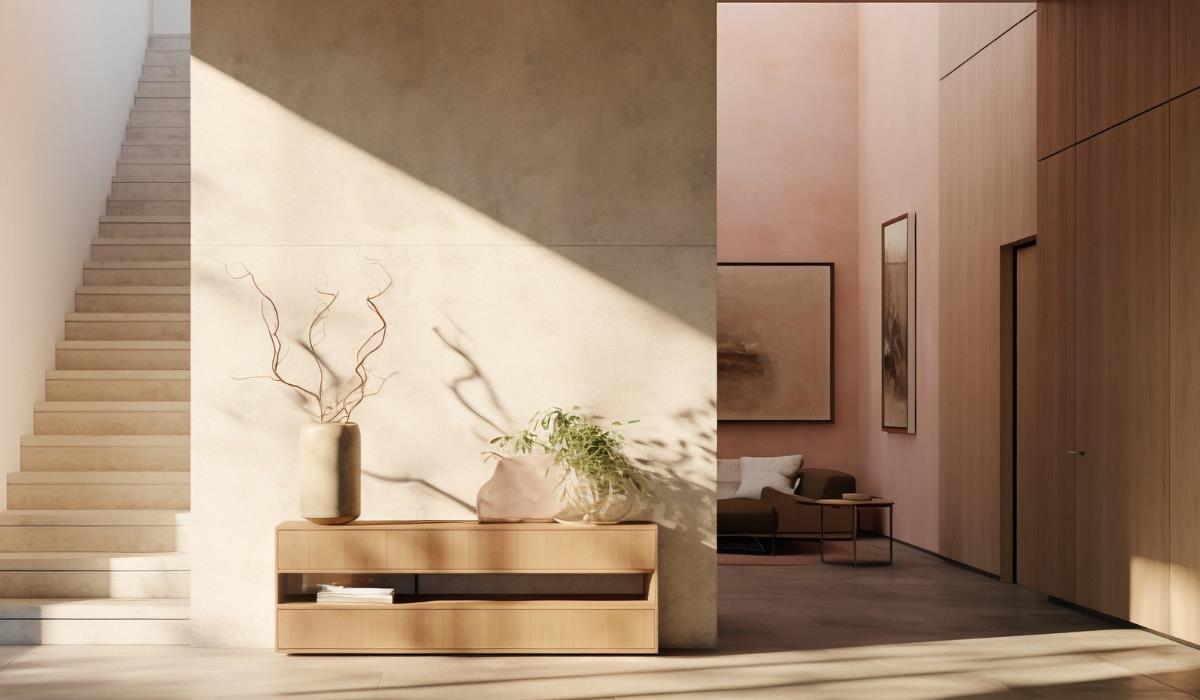Traditional finishing of internal walls with ordinary plaster does not always meet the expectations of demanding users. Thanks to modern technologies and materials, decorative finishing of walls and ceilings allows you to obtain smooth, mirror surfaces or decorative textures with many colors. We will present what types there are and how to prepare the substrate for decorative plaster.
Plasters as base substrates for decorative coatings
The substrate for decorative coatings can be plasters applied to raw walls or properly prepared, already used surfaces. For new coverings, we have several options:
- Cement-lime plaster: This classic plaster is resistant to moisture and mechanical damage. Its properties can be modified by changing the proportions of lime and cement. However, obtaining a smooth surface can be a challenge, so a polymer plaster is sometimes applied.
- Gypsum plaster: Perfect for interiors with low humidity. It allows you to obtain smooth, aesthetic surfaces and dries quickly.
- Plasterboards (dry plaster): An alternative to traditional plasters, especially to avoid wet works and faster finishing.
Decorative plaster – checking and preparing the substrate

Depending on the type of decorative finish, the substrate must be even and smooth. When using thin-layer stucco, unevenness cannot exceed 1 mm for every 2 meters. Surfaces covered with plaster or plaster or plasterboards are suitable for stucco.
- Stucco: These are decorative elements in the form of ceilings, rosettes, frames, pilasters and ceiling cornices made of light materials (styrofoam or polyurethane) or plaster. The mounting is adjusted to the size and weight of the decoration, and the screw holes must be filled with filler.
- Structural plasters: They allow you to create various textures and patterns on the wall surface. They are forgivable due to slight unevenness of the ground.
- Japanese plasters: Create a colorful coating of silk, cotton or cellulose fibers. Their application is convenient and involves spreading the wet mass on the surface.
Decorative finishing of walls and ceilings offers many possibilities, but requires careful preparation of the substrate. It is worth selecting the appropriate type of plaster and adapting the substrate preparation process to obtain the desired decorative effects. Thanks to these tips, your interiors will delight with a modern and stylish finish.



